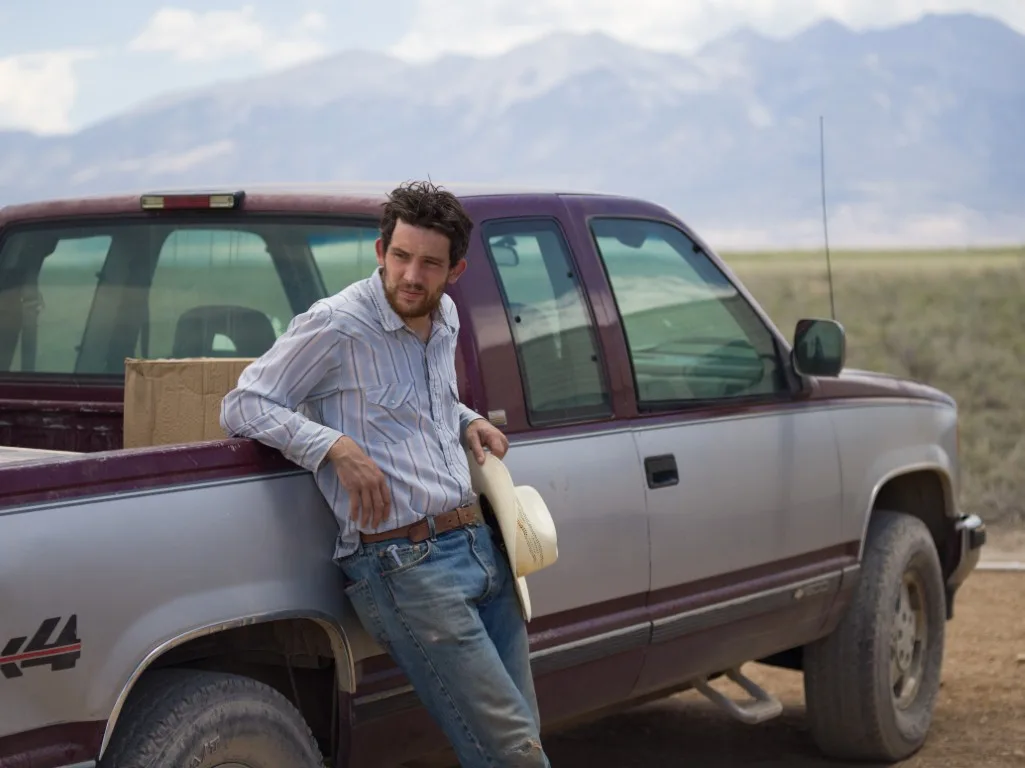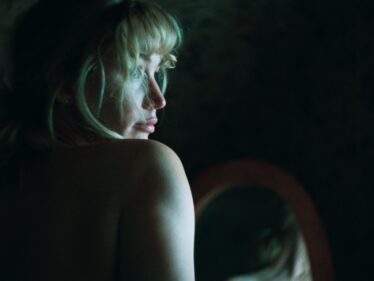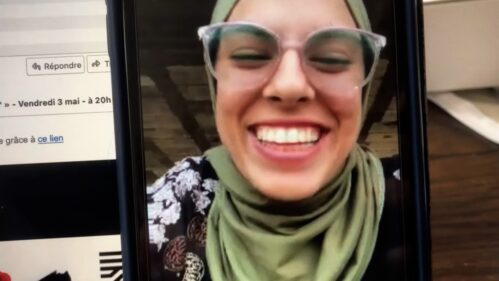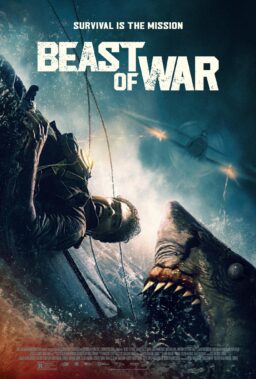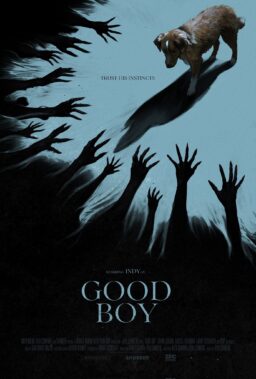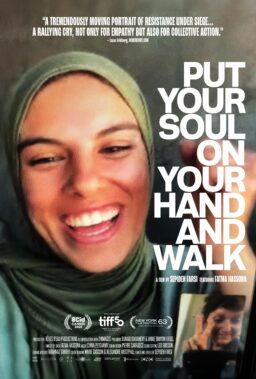In “Rebuilding,” a Colorado cowboy sifts through the ashes of the life that once sustained him, struggling to find a way forward after wildfires take his family farm.
In U.S. theaters Nov. 7, via Bleecker Street, this elegiac story of one rancher’s journey through an environmentally devastated American West is Max Walker-Silverman’s achingly tender second feature, following “A Love Song.” His debut film, about two childhood sweethearts who reunite decades later for one night at a lake in the mountains, shares with this one a patient attention to interactions between character and landscape, mapping the beauty and harshness of southwest Colorado onto the rugged features and gentle dispositions of people who call it home.
There’s profound loneliness to his chosen protagonists, but a kind of hope as well, born of the resilience—you might call it true grit—their communities long ago instilled in them. Life in a rural expanse rarely comes easy; in “Rebuilding,” it’s only grown harder amid the ravages of climate change. Amid these hotter and drier conditions, which scorch the land while setting the stage for wildfires capable of wiping out entire lifestyles, cowboy Dusty (Josh O’Connor) finds himself in a FEMA camp, uncertain of how to carry on.
Stumbling back to his feet, he discovers a new community while living alongside the others who lost homes. However, he’s as focused on forging a new relationship with his young daughter (Lily LaTorre), estranged long ago amid his divorce from an ex-wife (Meghann Fahy) who’s always known his priorities to be elsewhere. Slowly reconnecting with the family he’s allowed to drift out of reach, Dusty starts to reflect on the life he lost and the unexpected one that’s ahead of him.
Following its world premiere at Sundance, “Rebuilding” was selected for the main competition at this year’s Karlovy Vary International Film Festival, where it competed for the Crystal Globe. As Walker-Silverman addressed a sold-out audience at the film’s premiere there on July 8, he spoke of a place “far away from here,” where he was raised and experienced life with people who, like his protagonist, were “all trying, in their own ways, to tell the truth.”
On stage, Walker-Silverman also mentioned that it was his third visit to the Czech Republic. “A Love Song” had screened at Karlovy Vary, in its Horizons section; years earlier, he was twelve when he faced off against a Czech ice hockey team as a Colorado player.
The next day, in the midst of the festival (and days before “Rebuilding” won the Grand Prix of the Ecumenical Jury, which awards films “that display high artistic quality while questioning social, political, ethical, and spiritual values”), Walker-Silverman spoke with RogerEbert.com about the universal themes in his regionally specific filmmaking, the unexpected beauty that emerges after loss, and the process of excavating drama from characters of few words.
This interview has been edited and condensed.
The two films you’ve made thus far are both engaged with archetypes of the American West, but they’re also both character studies that quite gently explore these universal themes of connection and longing. You’ve also brought both of them to international festivals like this one. Have audiences outside the U.S. responded in any way distinct from the way these films were received stateside?
That’s a good question. I’m still trying to understand my own relationship to the mythic archetype of the Western, as well as the audience’s. At some level, I still feel like I’m trying to make movies about my friends, but I also know how deeply naive that is.
Any time you put a cowboy hat on someone—or shoot a great, dry, Western vista—whether you like it or not, you are dipping a toe—if not a foot, if not a leg—into the most iconic cinematic language. And then, there’s an interesting level beyond that, too, which is that not only have those people and places been informing cinema for 120 years, but cinema has been informing them. I think about gangsters in Brooklyn, you know? No one really knows who’s imitating who after a certain point, right?
The honest truth is that I’m just lucky that my version of personal, regional cinema can touch on something recognized more globally and of interest to people. But that’s just good fortune, more than something intentional.
To have brought a film about wildfire recovery to this year’s Sundance Film Festival, as the American film industry was grappling with the destruction of the LA wildfires, must have been an emotionally draining experience. But that timing reflects that “Rebuilding” explores the kinds of disasters becoming more frequent amid our worsening climate crisis, not only in the communities where you grew up.
The film was always going to be close and immediate to somebody, somewhere. Obviously, the fact that it feels that way to people from one of the world’s great cities, and the one that happens to be central to the film industry, is intense. I wound up meeting and having conversations with people that were so deep, powerful, and indescribably moving, people who were seeing the film two weeks after losing everything. I’m also sure there are people it didn’t work for, because of their proximity to that.
There was a moment in the United States—after World War II and until certain, notable events in the 21st century—where there was some assumption of permanence. In the way we built our homes, our lives, our government, our cities, we thought it was going to last, and I think it’s not going to. We’re only beginning—as a nation, as a world—to know what that means, but some people are truly experiencing what that means, in the most devastating way possible.
On the other side of the immediacy of loss is a bigger question: what does this mean, now, as we go forth, as we rebuild, as we ideally reimagine or rethink? There is possibility in that, and there has to be possibility in that. I’ve seen it happen. I’ve seen people go back to a burnt home site and rebuild a life and do it differently. I’ve also seen them rebuild a life and do it exactly the same way—which is its own kind of crazy, human impulse. Beyond right or wrong, it’s a fascinating thing we do.
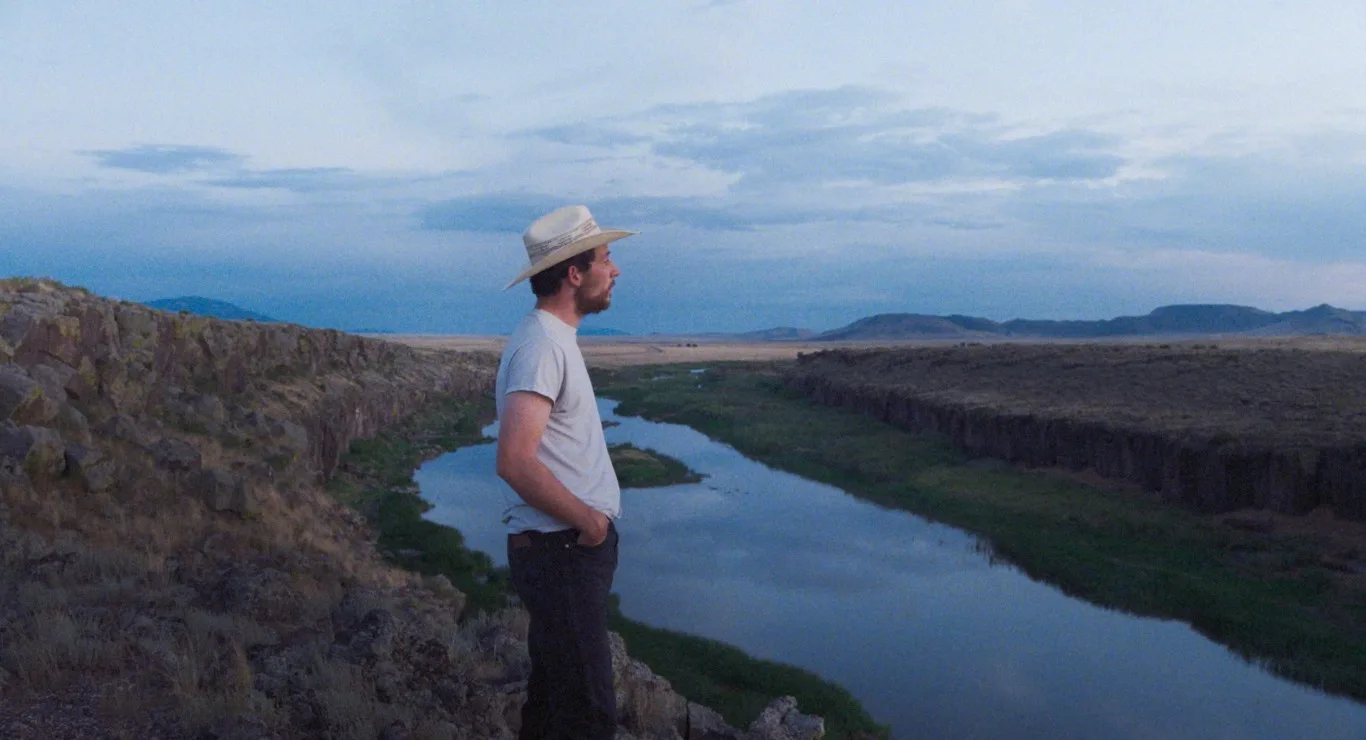
That condition that we’re discussing is an open question of sorts in your film: What does resilience actually mean for this character?
Resilience is precisely the word. We often think of resilience as a continuation of something, whereas I hope resilience can also be a reimagination of something. It just has to be. I wouldn’t know how else to hope for things, much less to hope for anything beautiful.
The characters in your films are short-spoken, and Dusty is, in a certain sense, emotionally inarticulate. He’s unlikely to lay out on the table all that he’s feeling, or even to look at those emotions directly by himself. Is there a particular challenge to shaping drama with characters this taciturn?
It’s a definite challenge to shape a narrative with quiet characters. It’s antithetical to a lot of the basics of drama, which are that you need backstory, you need wit, and you need conflict. All of those elements do need dialogue. [laughs] But I also honestly think the best art is unique to the form that it’s in. The best theater is two characters having a discussion for an hour and a half in a way you could only experience on a stage. The best paintings are of clouds and a storm that only takes on deeper meaning if you look at it long enough. The best song is three and a half minutes, but covers a whole life.
And there is something about movies, the way image and sound and time combine, where you do have a chance to tell a story beyond dialogue—and a chance to tell it even more powerfully, if it works. If you’ve found a way to express it without dialogue, or with limited dialogue, and then someone does find the way to express something—or even when someone tries to express it in dialogue—it can be very powerful for the character and for the audience, too, one hopes.
That is some version of beauty, as well. We make art to try to express something that we’re not sure how to say. That’s why movies exist, why art has always existed. It makes sense that the characters within that are also dealing with things they’re not sure how to express or explain. I suppose something is interesting about these fictional people inhabiting a form so expressive of their stunted ability to engage in dialogue about these really big ideas.
“Rebuilding” constantly frames its characters against the landscape, and I’m curious to hear your thoughts on the relationship between your protagonist and his environment, and how you sought to express how the latter informs the former.
It’s definitely a story about people whose lives are defined by their relationship to the natural, semi-natural, and humanized worlds they inhabit. That’s been my life as well, and that is life in wilder places. The beauty of the landscape is a constant element of life, and it can keep people in hard situations and places.
Also, the degradation of the landscape is its own legacy that you’re always living with and trying to reconcile your own participation within. It’s the ultimate, painful cliché, but it’s undeniably true that fire has been part of the cycle of American forests for tens of thousands of years. Paradoxically, those fires are now mutated by climate change, but cliché or not, it is true. And it can be strange to try to reckon with natural cycles longer than our own lives, where we don’t necessarily control how our own experiences line up with the ecology around us.
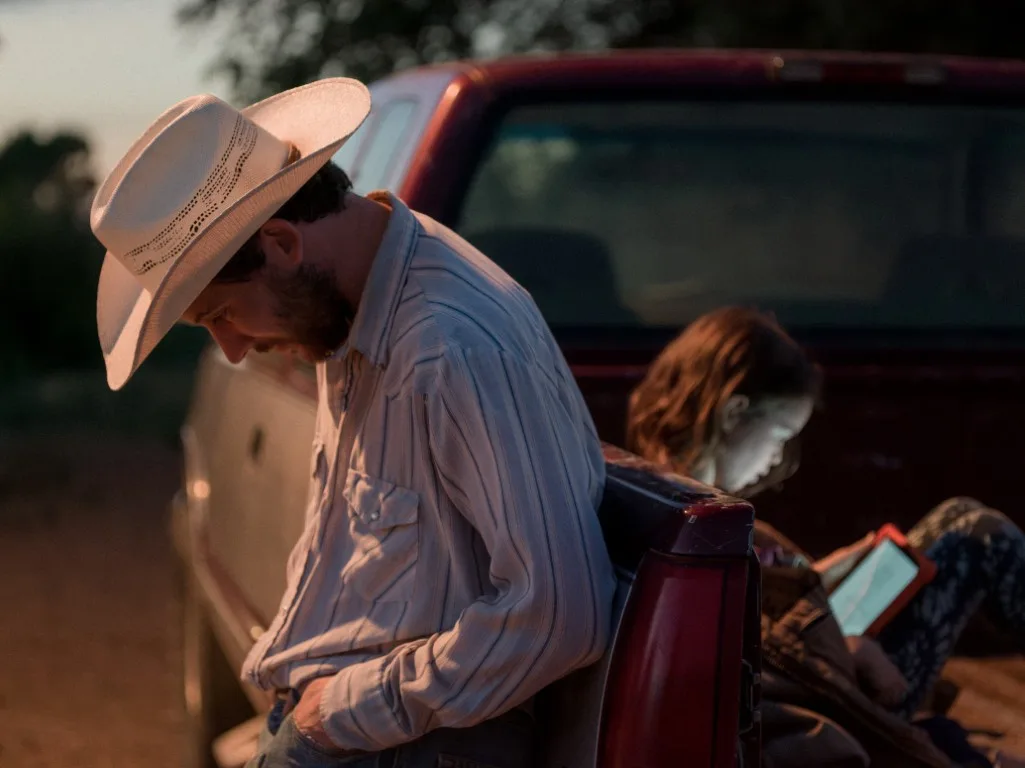
You were inspired to write this film a few years ago, after a family tragedy in which you lost your home to a fire. Could you discuss that for a moment?
My grandmother’s house burned in a fire. What happened was that it burned. My sister was there at the time and barely got out in time, and that particular house in that particular forest was the most cherished, magical place in my memory. I was so scared to see what it was like after the fire, because I knew it would all be different. I delayed going back and found excuses not to see it, for months and months and months. When I finally did, there were flowers everywhere.
It’s the easiest metaphor ever, but it was undeniable, and I found that fascinating. In the years since, my mom has really cared for the land, nurtured it, worked to bring it back to life, and it has come back, in its own way. It’s very different from how it was, indeed, but beautiful, somehow, still. It will burn again, too.
Watching that land, and my mom’s relationship to it, and the way it’s still part of life, it’s still purposeful, a source of joy, a source of beauty, a source of family, despite what happened and what will happen. It represented this idea of the present and its relationship to loss and disaster as a continuing reinvention. A past of loss, and a future of loss, doesn’t have to denigrate what a place is or can be.
And certain places, too, can take on profound beauty through that relationship between absence and presence. On a personal note, after the death of my sister, my family built a memorial garden; this sounds obvious, but each time I visit it, seeing flowers in bloom and butterflies flitting around, I still feel the loss so deeply, but I experience the beauty that emerged from it as well.
It’s wild, and it’s so hard to express. I’ve had this moment of realizing, “This is why people love butterflies.” I remember being at the land where the house had stood, afterward, and being like, “This is why people plant flowers. This is why they paint them. This is why there are flowers in every gallery.” I’d never understood.
It’s weird to realize, then, how many thousands of years of people come to see things this way. Some things can’t be taught or explained; they can only be experienced. Even though it can be humbling and make you feel small, there’s also a sense of comfort and community in realizing you’re part of this larger human legacy.
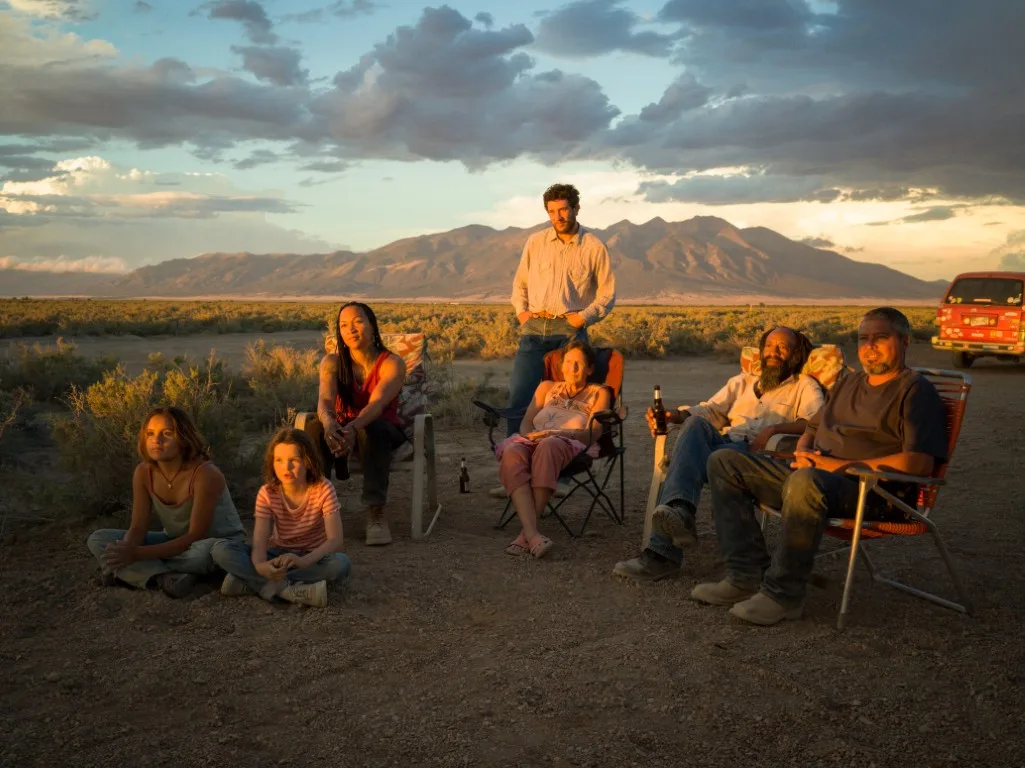
We’ve gone a while without discussing your cast: Josh O’Connor, Lily LaTorre, Meghann Fahy, Kali Reis, Amy Madigan… All of these actors are terrific in your film, and none of them are from your region of the world, from the place where this is set. Tell me about the process of finding these actors from all over the world and bringing them to Colorado.
That wasn’t necessarily intentional, but the casting process made it clear soon enough that this was going to be some version of the story. The actors I was interested in, the people I was picturing, and the film’s particular needs soon made it clear this was going to be a real mix, and I just embraced it. I think maybe part of it was an interest in keeping the film’s themes broader.
Everyone we cast, we cast because they somehow connected to the themes of the film, to the questions of it, to the world of it. Lily LaTorre, who plays Callie Rose, is from a small town in Australia; she had never been to the United States, but she grew up with chickens and dogs in a town that I know—because I went to visit her—is exactly like mine. She grew up surrounded by wildfires, just like I did. Josh O’Connor grew up in rural England; he lives in the countryside, and he understands floods and trees. Meghann Fahey is from the woods in Massachusetts.
That was its own interesting experience: finding the connections between people that weren’t restricted by passports and borders, both meaningful and arbitrary. And the other lovely, critical cliché was that I was casting friendly people. That should need no further explanation, but being in the middle of nowhere for a long time meant that we needed to be a community that could care about one another. It would have been a nightmare to do with anyone who wasn’t into it.
Working in independent film, everybody’s making sacrifices all the time to try to get to a finished film.
There’s something cool about low-budget, regional filmmaking, which is that it’s a self-selecting, odd group of people who are down to do something so uncomfortable and unusual. The crew is a mix of my friends in Colorado who are welders and builders—pretty handy—and the cool cats from the New York indie film circus, who are crazy, nomadic, and passionate lunatics, as well as good pals. Then there’s this international troupe of actors, which I like the idea of. I like having odd parts come together with a singular purpose.
You’re always navigating a very weird river, which is realism or naturalism. You want that, but no one ever knows what that means. This was always fiction: actors do their accents, sets get built, certain situations are imagined. But what I always wanted to be real out was the feeling of it, you know? Everyone’s trying to get to something true, then realizing that it’s not about literalism.
“Rebuilding” opens in theaters Nov. 7, via Bleecker Street.

